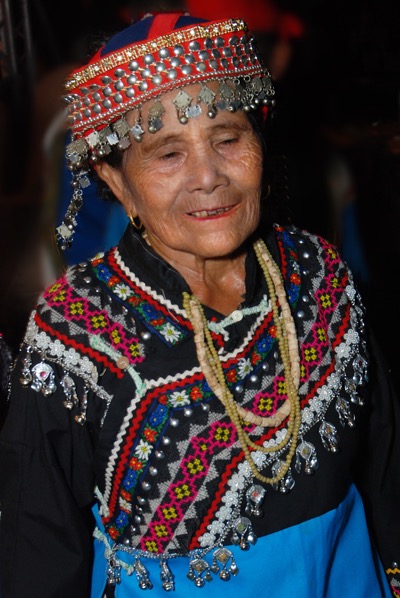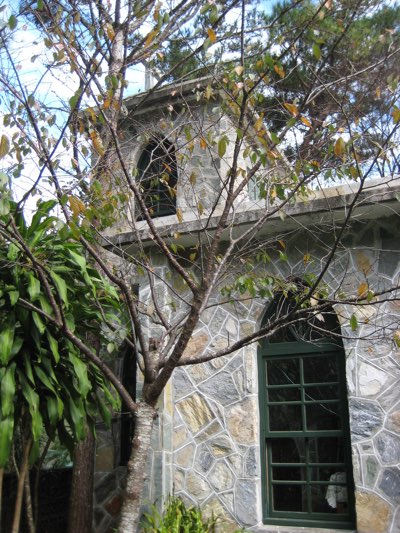
An Amis lady in Hualien County
Like the Native Americans, in the not-so-distant past, male members of Taiwan’s aboriginal tribes won respect by developing the physical skills and strength that made them efficient hunters and brave warriors. In recent decades, such traditions have led to considerable success in the world of sport. A disproportionate number of Taiwan’s leading baseball players and martial artists are of Austronesian origin – and more than a few of them hail from the eastern half of the island.
In Part 1 of our coverage of Taiwan’s most interesting aboriginal districts, we looked at Wulai near Taipei. For Part 2, we’re travelling to the eastern counties of Hualien and Taitung.
Tianxiang and Tapido
Many tourists are familiar with Tianxiang (sometimes spelled Tiansiang or Tienhsiang), using it as a base to explore the glories of Taroko Gorge. Of the two luxury hotels within the national park, one is situated here. Located inland of the narrowest part of the gorge at an elevation of 480 m, this tiny town would amount to less than a dozen households and a pair of churches if there was no tourism. There are a couple of eateries and a post office, but no convenience store.

Tianxiang’s Protestant Church
Visitors with a spare hour in Tianxiang and a strong pair of legs should head up to the pretty Protestant church (pictured here) and – if the previous few days have been dry – follow the short but steep trail that continues up the hill. It leads to a small plateau covered with trees and plants, among which it’s possible to see the ruins of a tiny indigenous settlement called Tapido.
Members of the Truku tribe lived here until the early 20th century, when the Japanese who then ruled Taiwan ordered them to move to lower altitudes so they could be more easily controlled. Because the Truku, like many of Taiwan’s indigenous tribes, practised indoor burial, it’s highly likely there are graves here. When a person expired, he or she was interred in a sitting position beneath the house that had been his home.
Guangfu
By the time you read this, it’s possible Guangfu will have a different name. Local activists argue that the current name (which celebrates the “return” of Taiwan to Chinese control in 1945) means nothing to the Amis people who make up about two-thirds of the population here, and want it “rectified” to reflect their Austronesian heritage.
Being smack in the middle of the East Rift Valley, Guangfu makes an excellent base for exploring the region. The most eye-catching structure here is the old sugar refinery. It was closed down in 2002 but preserved as a tourist attraction. If you look carefully, you’ll notice damage caused by American air raids in the closing months of World War II.
If you just hang around the refinery, you’re unlikely to see much in the way of aboriginal culture. For a more authentic experience, head out to the village of Dabalong on Road 193. Throughout Dabalong, you’ll notice white-crab emblems (a clan symbol). The houses are quite modern, but several are decorated with bouquets of dried millet and the skulls of muntjac and serow.
Dabalong’s traditional enemies, also Amis, live near Mataian Wetland (pronounced ‘Fataan’ in Amis), just inland of Guangfu’s railway station. Here you can see traditional indigenous fishing methods, and sample various aboriginal delicacies.
If you arrive on a festival day, or a Sunday when people are heading to or from church, you may well see older folk in full tribal costume.
